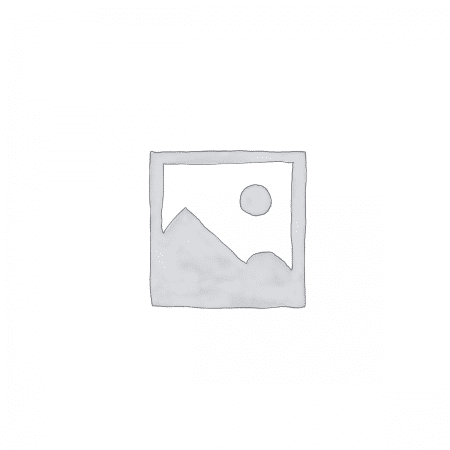Description
Retail health clinics have grown from concept to a functioning part of the U.S. health care marketplace. Retail clinics, also called convenience clinics, are mostly located in drug stores but also in retailers such as Walmarts and Target stores, grocery stores and even malls. The basic premise is that they take advantage of the retailers traffic, and provide defined services generally though a nurse practitioner or a physician assistant.. Especially attractive to customers, they offer walk in service, better hours and in some cases, lower costs. The concept survived the recession, the opposition of medical associations and state legislatures. But market developments have not always unfolded in line with forecasts made in the first launch of the concept. With the development of healthcare reform in the United States, many are evaluating these small healthcare venues inside a heavily trafficked retail setting as a one of many possible answers to an expected increase in insured patients.
Kalorama has been watching the retail clinic industry for several years and in 2012, there are some changes and noticeable data that has challenged some of the assumptions previously made about these clinics. This report Retail Clinics 2012 looks at retail clinics’ impact and growth over the next five years. The report forecasts the growth of stores with clinics, the sales of the clinics and takes a look at changing consumer opinion of clinics. It also looks at the sales that pharmaceutical and diagnostic companies may make through retail clinics.
Although different operators employ slightly different approaches, the overall business model for retail clinics is quite consistent. It involves the provision of basic healthcare services at a low cost, in a facility conveniently located in a busy retail outlet, with broad hours of operation. Locations such as drug stores, food stores and other popular retail outlets with pharmacies enable patient accessibility and make it easy for patients to get their prescriptions filled nearby. They can also encourage customers to stay longer at the store and make more purchases, providing indirect income to the retail outlet.
In this market research report, Kalorama outlines many of the factors that will determine the future of the retail clinic concept:
- State of the Market in 2012: Acceptance? More Work to Do?
- Top Competitors and Number of Clinic Locations
- Top U.S. Cities for Retail Clinics
- Patient Traffic Trends
- What Consumers, Physicians and Legislators Think About Retail Clinics
- ‘Out of Pocket’ Healthcare Spending and its Impact on Retail Clinics
- Health Care Reform and Retail Clinics
- Revised Projections for Future Growth of Clinics Based on Market Developments
- Markets for Vaccines to Retail Clinics
- Markets for POC Diagnostic Products to Retail clinics
- Calculations of the Indirect Revenue that Clinics Can Add to Store Income
- Company Profiles of Major Retail Clinic Companies
PLUS! The Kalorama Survey of US Adults Regarding Retail Clinics
This edition of Kalorama’s report on retail clinics includes a deeper look of consumer opinion of retail clinics. Kalorama surveyed U.S. adults this year on their affinity for and exposure to retail clinics. Questions asked included: “Have you visited in retail clinic”, and “if not how likely you would be to visit,” broken out by gender. These survey results are included in this report.
Information for this report was gathered from a wide variety of published sources including company reports, catalogs, materials and public filings; government documents; trade journals; newspapers and business press; analysts’ reports and other sources. Interviews with company representatives were conducted to capture the perspectives from industry participants’ point of view and assess trends, and form the basis of the forecasting and competitive analysis. Dollar figures represent the U.S. market and are expressed in current dollars. period and forecasts are provided through 2017. The size of each market segment refers to manufacturers’ revenues.
All Kalorama reports advertise the single user price. Use is limited to one user. We also feature department and global pricing for reports that we be utilized by more than one user at your company. Please consult ask your sales representative or select the correct license on our website.



